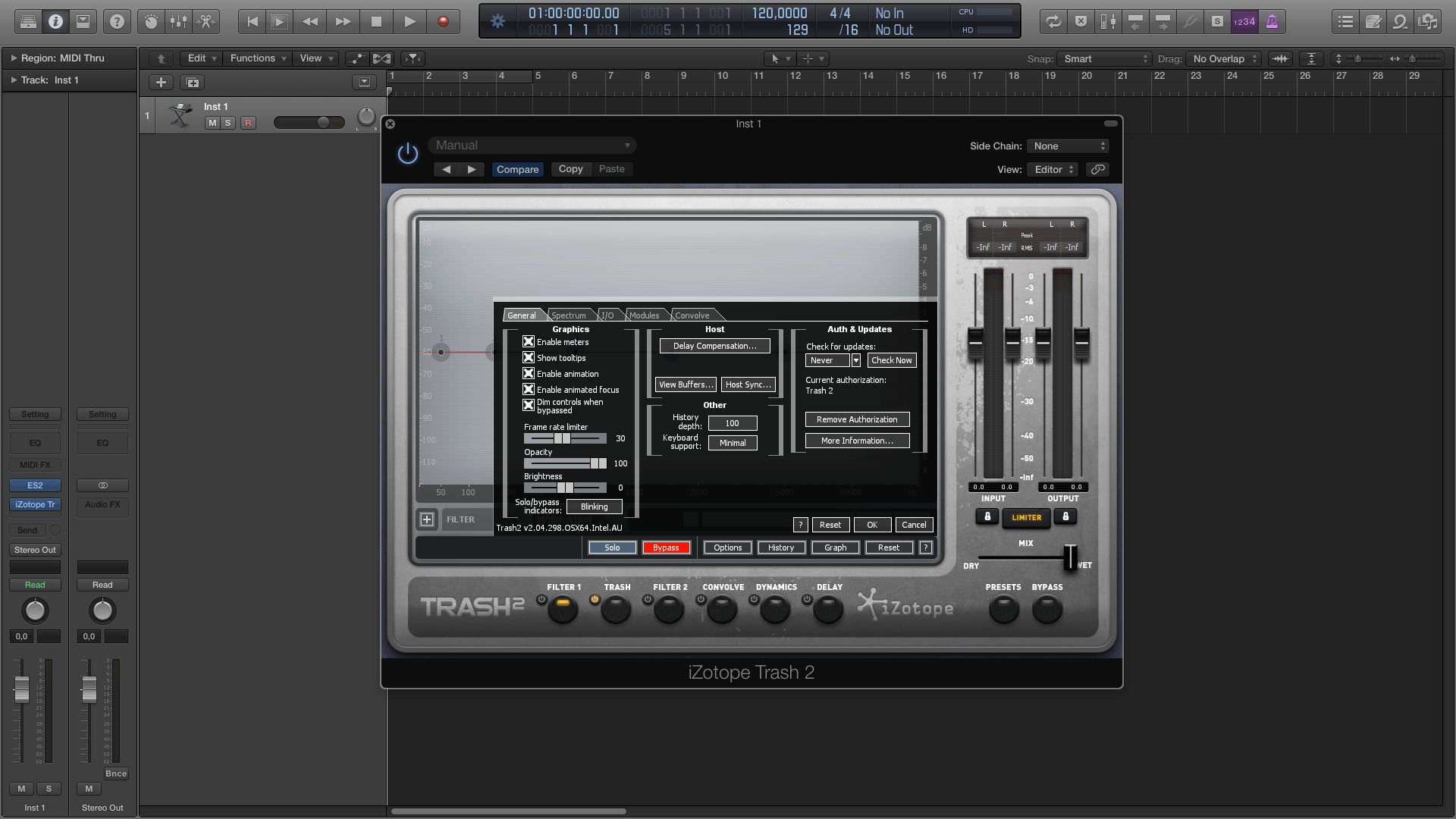
Sometimes our transcoding system can create audio artifacts, as we transcode all tracks to 128 kbps mp3 for streaming playback. This is from Soundcloud’s own help section: Just uploaded and my track is distorted If you take a master WAV that’s been mastered to peak at 0dbfs and convert it to 128kbps MP3, it’s now peaking at least 2db’s over zero! That’s audible distortion and people are now accustomed to hearing it daily.

Soundcloud has become somewhat of the standard for searching out new music and they are converting to 128kbps. The thing is however, most people aren’t listening at 320, they’re listening at lower bit rates.

To get your tracks into shape for mixing, it’s important to carefully analyze the material you’ve captured and perform any needed surgery or cleanup. Between the twin pillars of recording vocals and mixing vocals lies the crucial, but sometimes overlooked, stage of editing vocals. They save hard drive space, quicker download times and let’s face it, most people can’t hear the difference between 320kbps MP3 and WAV anyway. &0183 &32 Vocal Editing: Getting Ready to Mix. It’s safe to assume that music is being listened to on MP3 more than WAV or even vinyl these days. Rather than get into the loudness war debate which has raged on for a decade, I’d like to touch on a subject that you don’t hear about much…MP3s. Because Twitter limits your thoughts to a few characters, I figured I’d do a short post here instead. There’s been a small discussion on Twitter lately about the loudness wars, dynamic range and distortion in mastering.


 0 kommentar(er)
0 kommentar(er)
